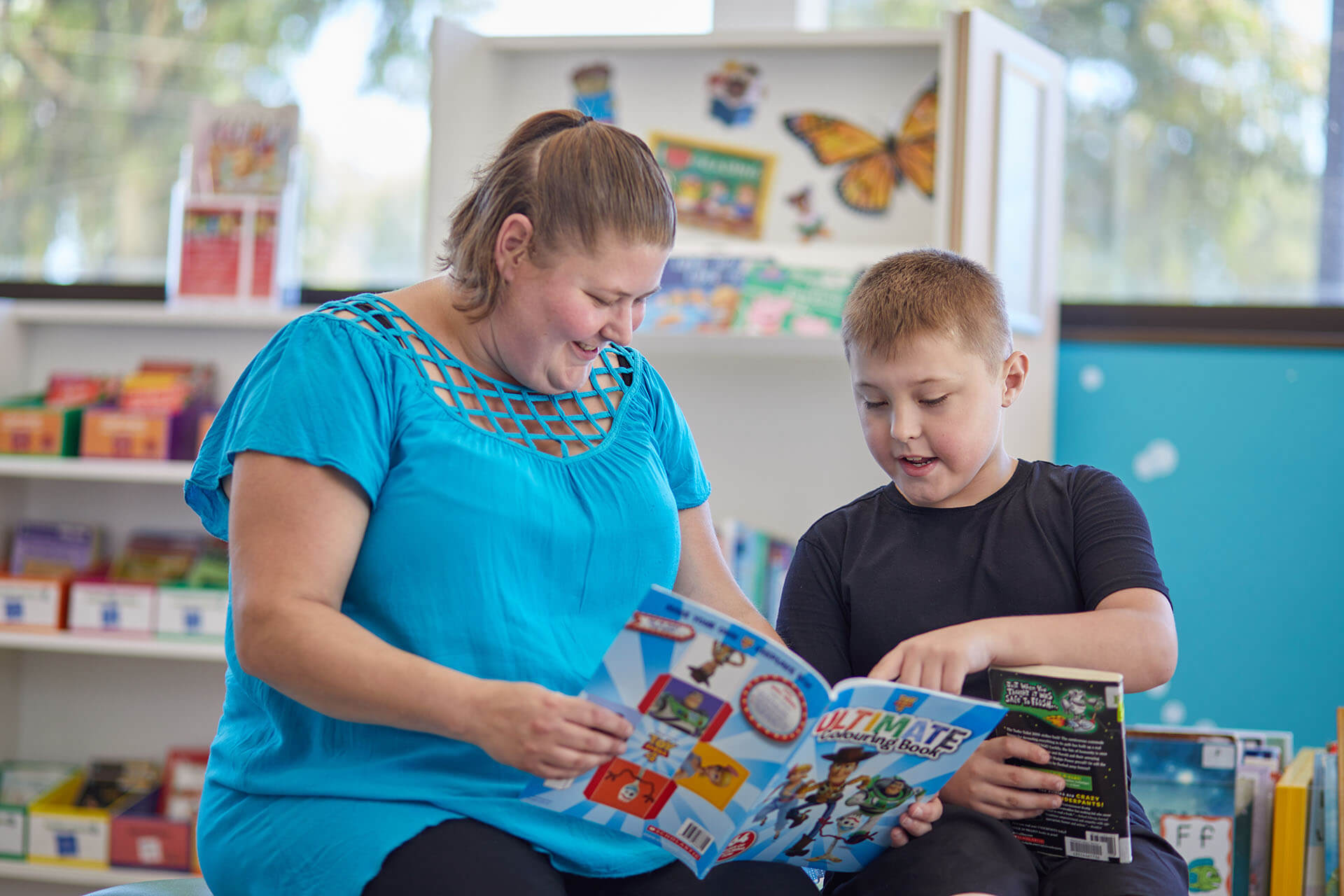2022 National Mutual Economy Report
The ninth annual National Mutual Economy (NME) Report, incorporating the Top 100 co-operatives and mutuals in Australia list, provides unassailable evidence of the resilience of co-ops and mutuals in times of crisis.
In FY2020-21, Australia’s co-operative and mutual enterprises (CMEs) continued to deliver value to members and support Australian communities against the backdrop of natural disasters and the unfolding challenges of the COVID-19 pandemic. Taken as a whole, Australian CMEs not only held steady throughout the pandemic, but have rebounded strongly on the back of their purpose-driven ethos and putting members first.
This is the ninth annual report on the scale and performance of the Australian co-operative and mutual sector. The report aims to map the size, composition and overall health of the sector using the Australian Co-operative and Mutual Enterprise Index (ACMEI), which started in 2012 with the first national data collection taking place in 2014.
The ACMEI is a long-term research project undertaken by the University of Western Australia. Its purpose is to provide a better understanding of co-operative and mutual enterprise (CME) businesses and their contribution to the national economy.
SGS Economics & Planning, an employee-owned urban policy and public policy consultancy and BCCM Member, has provided vital contributions as research partner. Using input-output modelling SGS has assessed the CME sector’s contributions to community investment and presented this year’s Regional Industry Impact Study on customer-owned banking in the Hunter region of New South Wales.
Despite representing some of the largest businesses in their sectors and being found across a range of industries, the overall size, structure and contribution of the CME sector in Australia is relatively unknown. This report is designed to address the lack of available data and difficulties in defining which firms should be identified as CMEs.
For this year’s report on the ACMEI, see Mazzarol, T. (2022), Australia’s Leading Co-operative and Mutual Enterprises in 2022, CEMI Discussion Paper Series, DP 2201, Centre for Entrepreneurial Management and Innovation.
All financial statistics presented in this report are in Australian dollars unless otherwise indicated.
The 2022 National Mutual Economy Report (NME 2022) was produced thanks to sponsorship by HCF, research by the University of Western Australia and SGS Economics & Planning and the input of several CMEs.
From the University of Western Australia, we would like to thank Professor Tim Mazzarol. For their contributions to this year’s report, we extend our appreciation to Thomas Walker, Helen Mok and Andrew McDougall from SGS Economics & Planning.
We would also like to acknowledge the BCCM research and policy team Anthony Taylor and Karl Coombe for their work on this year’s NME.
The ninth annual National Mutual Economy (NME) Report, incorporating the Top 100 co-operatives and mutuals in Australia list, provides unassailable evidence of the resilience of co-ops and mutuals in times of crisis.
In FY2020-21, Australia’s co-operative and mutual enterprises (CMEs) continued to deliver value to members and support Australian communities against the backdrop of natural disasters and the unfolding challenges of the COVID-19 pandemic. Taken as a whole, Australian CMEs, not only held steady throughout the pandemic, but have rebounded strongly on the back of their purpose-driven ethos and putting members first.
The combined turnover of the Top 100 CMEs was $34.38 billion, representing a 10 per cent increase in revenue over the previous year. Co-ops and mutuals recovered well compared to the previous year, particularly across the agribusiness, motoring and financial services industries.
Our spotlight analysis with the annual Regional Industry Impact Study (p. 20), examines the substantial economic impact of mutual banks in the Hunter region in New South Wales. The region’s three mutual banks, Newcastle Permanent, Greater Bank and The Mutual Bank, support over 3,300 full time jobs, generate $888 million in regional income, and add $666 million of value to the local economy.
As we continue to face the challenges of a long COVID recovery, we have studied the vital contributions that support communities through times of hardship. For the first time, we have sought to measure the broad community investment contributions of CMEs to Australian communities (Chapter 2). Data collected from 67 leading CMEs reveals 9.4 per cent of after-tax surpluses are reinvested to support community investment projects in various areas such as education, health and welfare. Case studies of RAA, HIF and CBH Group show how the seventh co-operative principle of “concern for community” helps to build long term bonds and reciprocity, and promotes the values of social responsibility, openness, mutual aid and care for others.
In CMEs, “concern for community” includes a commitment to inclusion. Five years on from Eliza’s Project, our seminal report on gender inclusion in the Australian CME sector, the data shows a strong improvement in the number of female CEOs and chairs among the Top 100 CMEs (Chapter 3). The number of women CEOs had increased to 17 per cent and women chairs had risen to 21 per cent from 15 per cent previously.
In light of the ongoing health crisis, the report includes two case studies of co-ops and mutuals in health and social care: Kudos Services (Chapter 4) and UFS Dispensaries (Chapter 5). Kudos, established in 2018, is a new and innovative model of worker-owned social care, while UFS, founded in 1880, has a proud history, committed to the health and well-being of its members and their Victorian communities. Both case studies are living examples of CMEs on the health front line, as they rise to meet the needs of their members in changing times.
The 2022 NME Report is supported by leading health care mutual, HCF, and is a research collaboration between the BCCM, the University of Western Australia and SGS Economics & Planning.
The continued support and contribution of Australian co-operatives and mutuals to the collection of qualitative and quantitative data is at the core of the sustained success of this important research.








